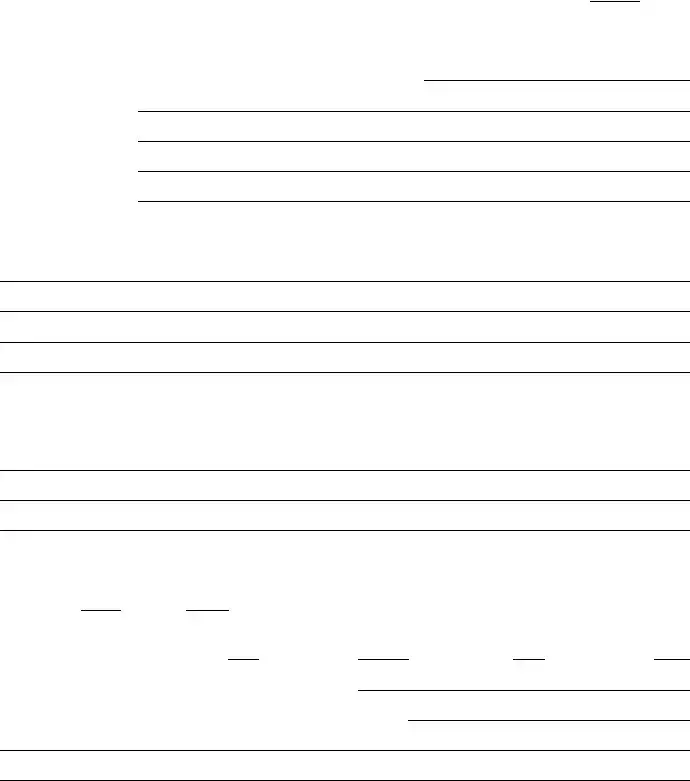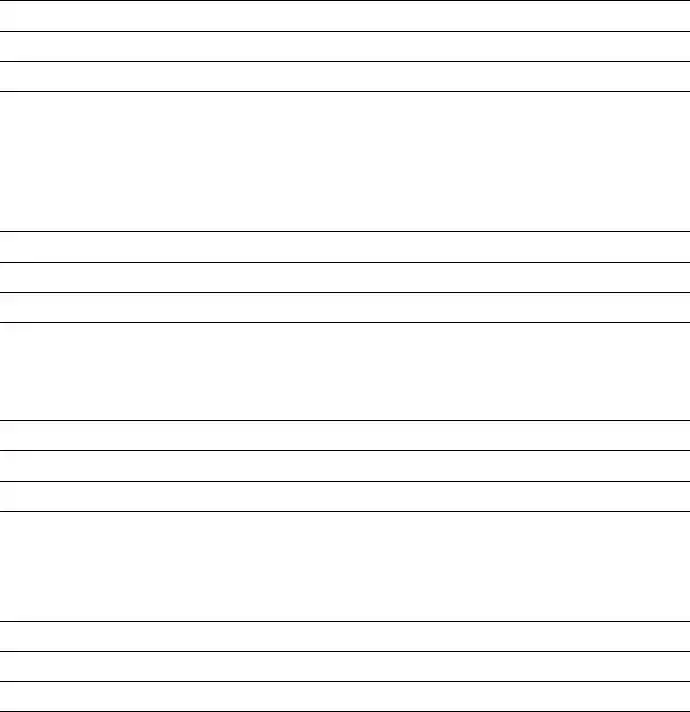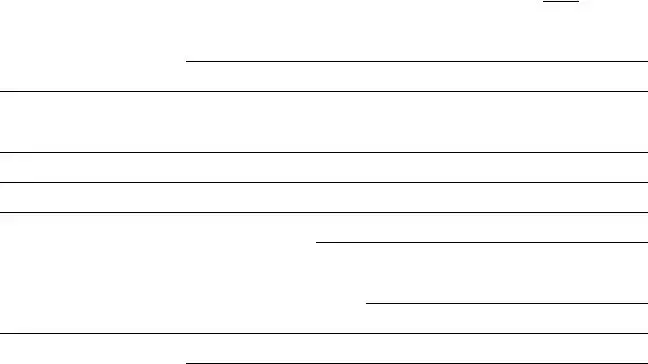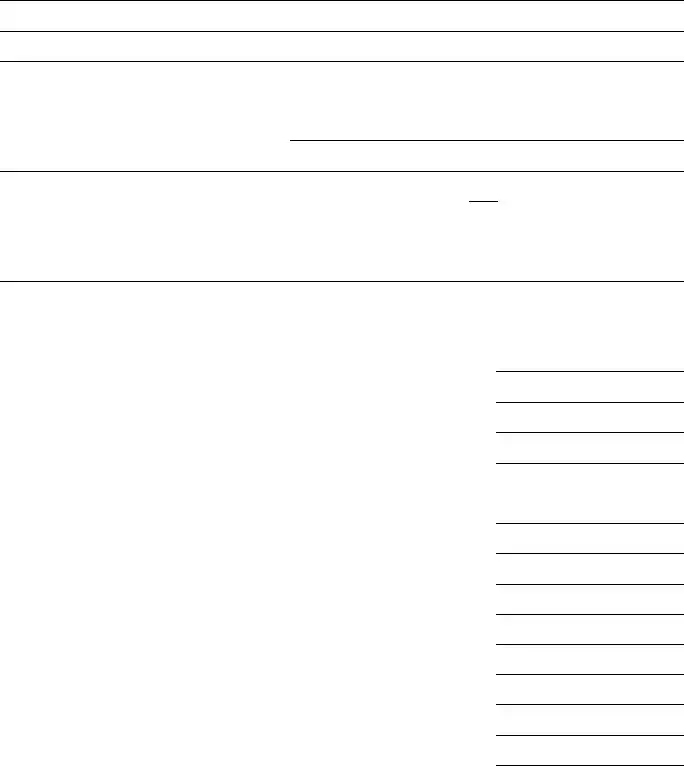The New York Poor Person form bears resemblance to the Application for Waiver of Court Fees form found in other jurisdictions. Both forms aim to assist individuals who cannot afford the costs associated with legal proceedings by requesting the waiver of standard filing fees. The essence of both documents is to ensure that financial barriers do not prevent access to the judicial system, highlighting the justice system's commitment to equality. While details and requirements may vary, the central purpose of providing financial relief to underprivileged individuals remains consistent across these forms.
Similar to the In Forma Pauperis (IFP) Petition, the New York Poor Person form is designed to allow individuals with limited financial resources to bypass fees that would otherwise hinder their ability to pursue or maintain litigation. The IFP Petition is a federal counterpart that serves the same fundamental purpose: to enable access to the courts regardless of one’s financial condition. Both documents require the applicant to disclose their financial status in detail, thereby demonstrating their inability to afford court costs.
The Affidavit of Indigency is another comparable document, typically used in criminal cases, to appoint counsel for defendants who cannot afford one. Like the New York Poor Person form, it assesses the applicant's financial situation to determine eligibility for state-sponsored legal representation. Both documents ensure that the right to counsel is preserved, reinforcing the principle that legal representation should not be exclusive to those who can afford it.
The Request for Appointment of Counsel form shares similarities with the New York Poor Person form by seeking to assign an attorney to someone based on their financial inability to hire one. This document is paramount in contexts where legal representation is crucial for fair proceedings but unattainable due to economic constraints. Both forms safeguard individuals’ legal rights by providing a mechanism to request assistance, illustrating the justice system’s adaptability to diverse economic backgrounds.
Another related document is the Motion for Fee Waiver, often used in family law and civil court cases. It resembles the New York Poor Person form by asking the court to excuse payment for filing and service fees due to financial hardship. Both documents require detailed financial information to justify the waiver request, adhering to the principle that access to legal remedies should not be impeded by lack of financial resources.
The Declaration in Support of Application to Proceed In Forma Pauperis is a document that closely mirrors the New York Poor Person form in its function and objective. It typically accompanies a request to waive court fees and is used in various legal proceedings. The declaration supports the application by providing a sworn statement of the applicant's financial incapacity, akin to the affidavit component of the New York form, underscoring the universal theme of facilitating justice for all economic strata.
The Civil Pauper's Oath is an ancient legal instrument with a modern equivalent in the New York Poor Person form, serving to certify an individual's financial inability to cover the costs associated with legal action. By swearing to their indigency, applicants seek exemption from fees, emphasizing the ongoing relevance of ensuring that poverty does not preclude the pursuit of legal rights.
Fee Waiver Request forms, commonly found in administrative and immigration courts, also align with the purpose of the New York Poor Person form. These documents are essential for individuals facing proceedings in specialized courts who cannot afford associated fees. Both forms play a critical role in democratizing access to these tribunals, highlighting the legal system’s inclusivity.
The Legal Aid Request form is akin to the New York Poor Person form insofar as it is often used by individuals seeking free legal services due to financial hardship. While the Legal Aid Request directly solicits legal representation, the New York form may include a request for assignment of counsel, among other reliefs. Together, they exemplify the legal community’s effort to prevent financial barriers from denying anyone their day in court.
The Application for Determination of Civil Indigent Status serves a similar purpose to the New York Poor Person form by providing a pathway for low-income individuals to access legal processes without the burden of costs. Utilized in various legal contexts, this application ensures that economic disadvantages do not equate to a denial of justice, reflecting a shared intention across different legal documents to uphold the principle of equitable access to the judicial system.








